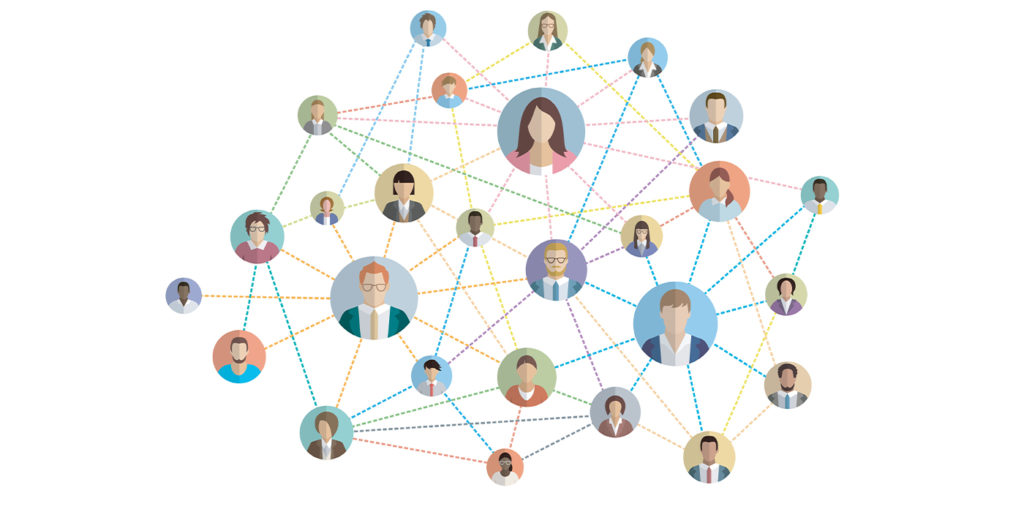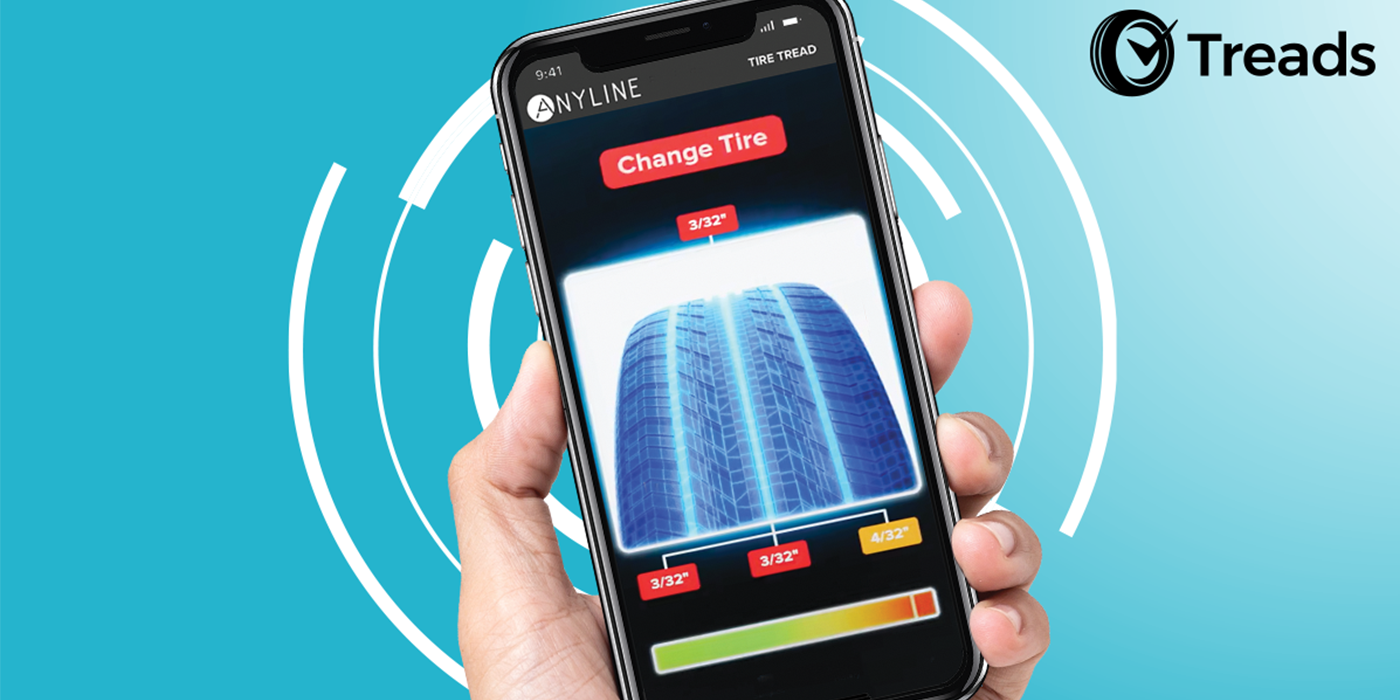Every year at about this time, The Herman Group issues its annual workforce-workplace forecast. This Herman Trend Alert is intended to provide employers with insights about what to expect in the coming years, so that they may position themselves for success. This year, there is so much to talk about, it will take me two weeks of reporting to share everything.
While no one would dispute that 2020 was a challenging year, 2021 may be even more challenging as we emerge from Normal 2.0 into Normal 3.0. If you have been reading my Herman Trend Alerts, you already know that I define where we are now as Normal 2.0, a new version of Normal to which we have evolved. Post-COVID-19, we will have evolved into a still different Normal; I call it Normal 3.0.
Where We Are Now – Really
Infections are spiking in most (if not all) of the United States. In the U.S., we have two approved vaccines, however, it will be several months before they (and others) will be available to everyone. Globally, the situation is even worse, particularly in developing countries. There, governments need to have negotiated with Pfizer and Moderna for their newly approved mRNA vaccines … and suffering with pandemic-driven lower tax revenues, they are handicapped by a lack of funds to pay. In the U.S., we have exhausted health care professionals and not enough testing, plus so many cases that effective contact tracing is virtually impossible. Many countries outside of the U.S. have a better control of their levels of infection than the U.S. In January, once a new U.S. administration takes over, we may expect science to prevail, activation of the Defense Production Act, and an attempt to get a better handle on the pandemic. As if all of that were not enough, we now see the fourth mutation of the coronavirus wreaking havoc in The United Kingdom. And, dear readers, it is on this stage that we anticipate some major challenges in the areas of Workforce and Workplace.
1. A Global Economy in Peril
While some people have fared well, most local restauranteurs and retailers have not pivoted to successful solutions to create enough business for themselves. In the US, we will probably be out of the woods by the fourth quarter, if there is not a major setback with mutations or vaccine rollouts. Estimates peg the extent of the damage to small- and medium-size businesses at between 40 and 60 percent. It is not surprising that the longer that a country takes to vaccinate a large percentage of the population, the longer it will take for the economy to recover. For most countries on the planet, we are looking at years to full recovery.
2. Changing Demographics have Reshaped the Workplace
With 5 generations of diverse employees, now 75 percent of today’s workforce are from Generations X, Y, and Z. Especially given the challenges and isolation of the Pandemic, this diverse workforce will require additional understanding and enhanced services to help them cope with their own personal issues. The upside is that their varied perspectives will continue to be a great advantage in problem-solving and continuous improvement. Our advice: Invest in your people at this difficult time and the return on investment will be remarkable. Ask your frontline what they need from you in solving their issues. Now is the time to invest in your people and they will respond by staying and supporting you.
3. Virtual Work is Here to Stay
Last year in this report, trend number 4 was “Continued movement toward virtual work.” As many other futurists – including my podcast co-host Ira Wolfe – have noted, the Pandemic has accelerated the movement toward virtual work. This trend has short- and long-term implications. We have seen evolution of Zoom and other platforms to accommodate the legions having online meetings. We expect additional technologies to facilitate meeting and learning – including the possibility of using a tool like Oculus to hold meetings in virtual worlds. The tool could also be used to teach skills and build teams. What member of Gen Y or Gen Z would not want to attend a meeting or event in a virtual world? Until we have a holodeck – and that, too, is coming – Oculus will allow employees to visit the fantastic virtual worlds. I’m in!
4. Some Workforces Have Taken Hits
With more than 365,000 deaths in the U.S. and 1.7 million worldwide, many companies have lost employees. Breadwinners, particularly in the healthcare field have succumbed to the virus and hospitals and health systems were already having problems keeping up with the demand. And to make matters worse, the folks that this novel coronavirus affects the most are older humans, who are, by definition, the most experienced workers who typically represent the most valuable intellectual capital. This fact will make life more difficult of them which leads me to my next trend …
5. Inability for Companies to Recruit Needed Employees Will Handicap their Ability to Flourish
Though we have millions of people who are currently seeking work, by 2021, we will also have 10 million open jobs (thank you Ed Gordon of the Gordon Report). What is happening is that we have a huge disconnect between the people available for work and the skillsets sought by employers. Wise employers like FHN will choose to recruit smarter. For example, that health system’s Career Pathways Program, coupled with their robust multi-level Leadership development system, puts FHN ahead of the curve and at the front of the line, when it comes to attracting and retaining top talent. Most employers are looking to recruit experienced folks from outside of their organizations rather than growing their own. When they are unable to recruit the people they need to make their products and serve their customers, many of them will belatedly realize the wisdom of growing their own.
6. Being an Employer of Choice Will Not Be Optional
With most employers challenged to recruit people they need, being a preferred employer, being recognized as an Employer of Choice will be more important than ever before. Companies not recognized as the preferred employer in their fields or communities will be at a distinct disadvantage. Better yet, consider being recognized as a certified Employer of Choice. There are compelling reasons to take this first step for both recruiting and retention. Are you already the employer of choice in the hearts and minds of your employees? If you are, get the recognition you deserve. Learn more at EmployerOfChoice.com.
Next Week: 2021 Workforce-Workplace Forecast Part 2
I have only just begun to cover my forecast. Tune in next week for Part 2.
*********
© Copyright 1998-2020 by The Herman Group, Inc. — reproduction for publication is encouraged, with the following attribution: From “The Herman Trend Alert,” by Joyce Gioia, Strategic Business Futurist. 336-210-3548 or http://www.hermangroup.com. To sign up, visit http://www.HermanTrendAlert.com. The Herman Trend Alert is a trademark of The Herman Group, Inc.”














